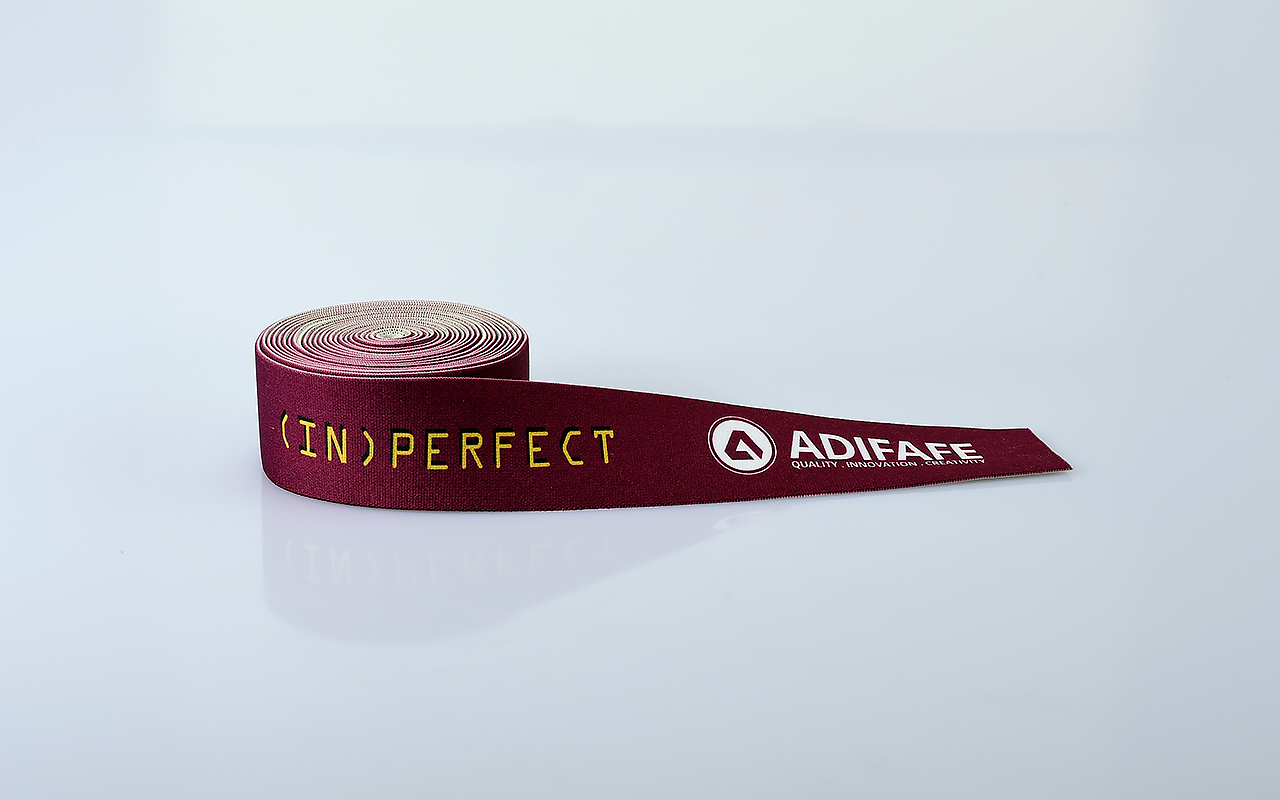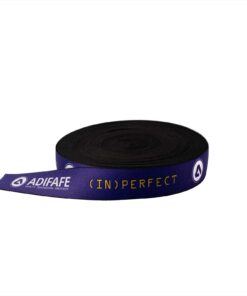Discover the fascinating world of textile sublimation, an innovative printing technique that is revolutionizing the fashion and design industry.
This article unlocks the secrets behind the ability to transfer vibrant designs onto fabrics, especially polyester, allowing the creation of unique garments, from sportswear to personalized everyday accessories. We exploit the unparalleled advantages of this technique, including its economic efficiency and the ability to produce long-lasting, high-quality prints that stand the test of time. We delve into the sublimation process, detailing each crucial step to achieve exceptional results, and discuss solutions to the limitations faced. Whether you’re a designer, manufacturer or simply a fashion enthusiast, this article will equip you with everything you need to know about textile sublimation and how it can turn your ideas into reality.
1. introduction to the concept of textile sublimation
Textile sublimation is a revolutionary printing technique that has transformed the fashion and design industry. Allowing incredibly detailed designs to be transferred onto garments, predominantly made from white polyester, this technique stands out for its versatility and economic efficiency. The ability to reproduce images without color restrictions, from photographs to vibrant illustrations, makes textile sublimation a popular choice for a wide range of applications, from sportswear to personalized everyday items.
fig1. Elastic with Textile Sublimation
2. A Brief History of Textile Sublimation
Textile sublimation technology is not new; it has evolved over decades since its first applications on synthetic fabrics. Originally used to create flags and banners, the technique has gained popularity in clothing for its ability to create high-quality, long-lasting prints. Technological developments have made significant progress in the precision and variety of colors, making sublimation an essential technique in the modern textile industry.
3. Advantages of sportswear
In the world of sport, textile sublimation is synonymous with innovation and performance. Technical clothing benefits immensely from this technique, thanks to its ability to keep garments light, breathable and free from the discomfort caused by sweat accumulation. The quality of the print is particularly appreciated by athletes and sportswear manufacturers. This aspect ensures that uniforms and sports equipment not only perform excellently in terms of functionality but also maintain their striking aesthetics over the long term.
4. The evolution of trimmings and garment sublimation
The integration of textile sublimation in the development of garments and trimmings has made it possible to create pieces that combine style, comfort and functionality. Complex designs and garment logos are now easily incorporated into fabrics, without negatively affecting the performance of the material or the final garment. This has opened the door to unprecedented customization, encouraging individual expression and the creation of new inspirations in clothing and fashion.
5. Expansion to everyday life and garment applications
In addition to its crucial role in clothing and garment applications, textile sublimation has found a place at the heart of fashion design and the production of personalized items. T-shirts with touches of cotton that offer unrivaled comfort, accessories such as bags and hats, and even innovative items like face masks, all benefit from the precision and durability of sublimated prints. The flexibility of choosing between traditional polyester, recycled or special antibacterial fabrics adds significant value to the technique, making it an ecological and versatile choice for designers and consumers.
Mass Customization: A New Horizon
The ability to mass-produce personalized items easily, without compromising quality or significantly increasing costs, has revolutionized the souvenir and personalized gift industry. From corporate events to wedding souvenirs, textile sublimation allows you to create unique products that carry a special message or a personal design, making each piece truly exclusive. In addition to this type of garment, Adifafe is advocating a range of innovative applications using this printing technique on new materials, such as rubber bands, ribbons, etc.
6. The Sublimation Process in Detail
The textile sublimation begins with printing a design using special inks on paper that doesn’t absorb ink. This paper is then placed over the garment and heated. The inks sublimate, i.e. they pass from the solid state directly into the gaseous state, penetrating the fibers of the fabric and guaranteeing a vibrant and permanent print. This process not only ensures image quality but also the integrity of the fabric, maintaining its soft texture and breathability properties.
Technology and Innovation in the Process
With advances in printing technologies and materials, the textile sublimation process continues to evolve, offering even greater precision and design possibilities. Research into new fabrics and inks is pushing the boundaries of what is possible with sublimation, promising an even brighter future for this printing technique.
7. Limitations and solutions
Despite its many advantages, textile sublimation faces limitations, such as incompatibility with certain types of fabrics and the difficulty in reproducing fluorine and metallic tones. Fortunately, the industry offers alternatives such as screen printing, vinyl and embroidery for these specific cases. The key is to choose the right technique for each project, ensuring the faithful reproduction of each design.
8. Tips for Maximizing Sublimation Effectiveness
To get the most out of textile sublimation, it’s crucial to understand the nuances of the technique and choose quality materials. Careful design preparation, proper fabric selection and precise adjustment of print and transfer settings are essential to achieve exceptional results. In addition, experimentation and further learning are key, as new developments in the field can offer opportunities to further improve the quality and variety of sublimated products.
9. Conclusion
Textile sublimation is a powerful and versatile technique that has opened up new avenues in the fashion, sports and product customization industries. With its undeniable advantages and the ability to overcome its limitations through constant innovation, sublimation continues to be a popular choice for designers, manufacturers and consumers looking for quality, durability and creative expression. As technology advances, we can expect to see even more impressive and innovative applications of textile sublimation in the future.
10. Adifafe products with textile sublimation
Adifafe has a range of products that use the textile sublimation image transfer process.
Elastics



